A guest blog by Diksha Mishra. Diksha finds romance in science, and tries to reflect that in her science writing. She is pursuing her Master’s in Forestry and enjoys ancient indigenous literature. She is currently exploring Kashmiri folklore.
Our universe is huge. Any attempt to embrace its boundaries is pretty much futile. In this unbelievable expanse, Earth is a tiny speck and we, the Homo sapiens, form an even smaller part of the speck. But is that how we see ourselves?
The world is a stage, and we are the heroes!
We give ourselves the highest significance. We’ve placed ourselves as the at the center of life’s stage, deciding the fate of everything else on the planet.
We have attributed other animals to a definite place around us: some the periphery of the spotlight, some obscured in the darkness around the spotlight, some in the greenroom and some, we sent off stage.
The creatures we kept on the periphery of the spotlight, we re-christened as our ‘friends’: the cute little cats, dogs, some birds and some fish. Perfect for Facebook display pictures!
Those whom we placed just beyond the spotlight (a little away but close enough) became the charismatic beings: the elephants, pandas, polar bears. They are majestic and deserve to be protected!
There were some which we kept in the greenroom, hidden but in reach whenever we needed them: cows, sheep and chicken.
And most beings, for whom we found little use, we pushed off stage: the otters, dolphins, vultures, snakes, turtles and squirrels.
This last group of animals live in some tough environments with wondrous adaptations. Unfortunately, they are not part of any discussion occurring anywhere around the world, and they suffer silently.
India has a lengthy list of animals from this last group that have suffered so much and find themselves on the IUCN Red List. The beauty of these animals is astonishing, but humans cannot see it. Because we cannot see their beauty, they are not “charismatic”, and they aren’t being conserved.
Today, let us celebrate these non-charismatic species…
If one cannot appreciate nature for the marvelous stags of Markhor and Ibex living in the Himalayas, they fail as an observer. The eyes of Loris have a thousand tales to recite; it’s position in the evolutionary chain is not ordinary. The Lesser Panda is no less in any regard but unfortunately human are not very good at seeing beyond the black and white.
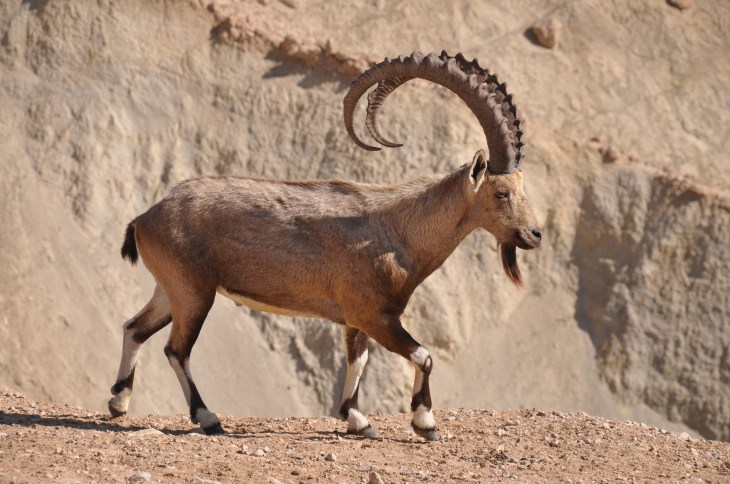
Ibex 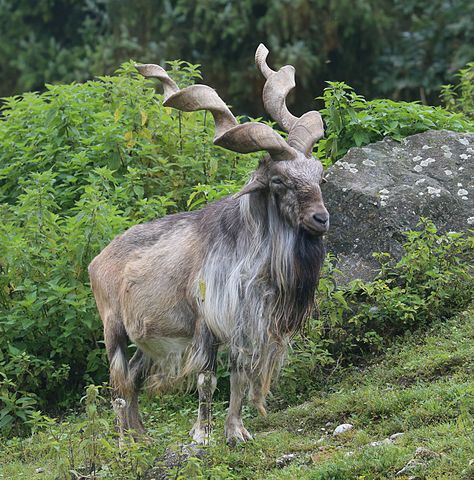
Markhor 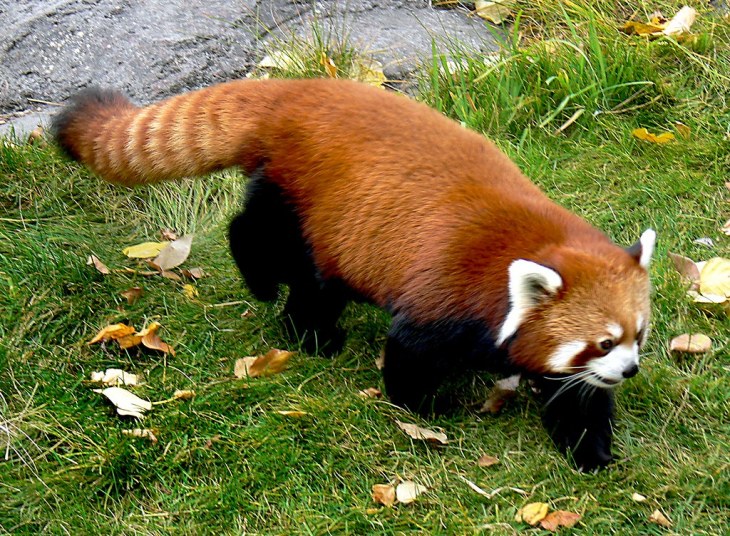
Lesser Panda
The playfulness of the River Otter can make anybody go “aww”. We have given it the pseudonym of ‘the cutest carnivore’, but that hasn’t caught on. The spotlight of the stage has never been shined on the spots of The Malabar Civet, living in the Sahyadris. The Hawksbill turtle suffers a similar fate. The Baer’s Pochard is a magnificent duck that hardly anyone in the country knows about!
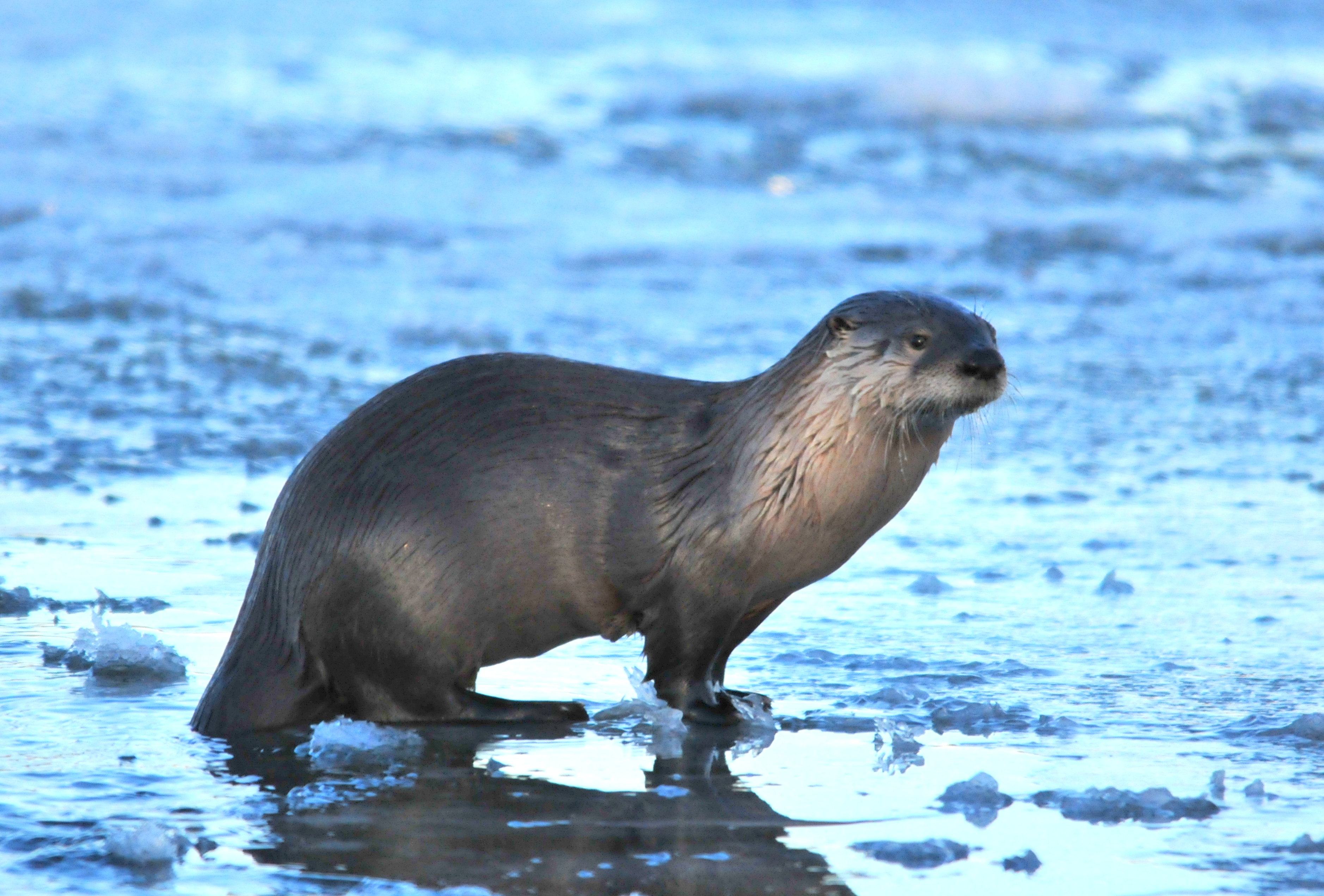
River Otter 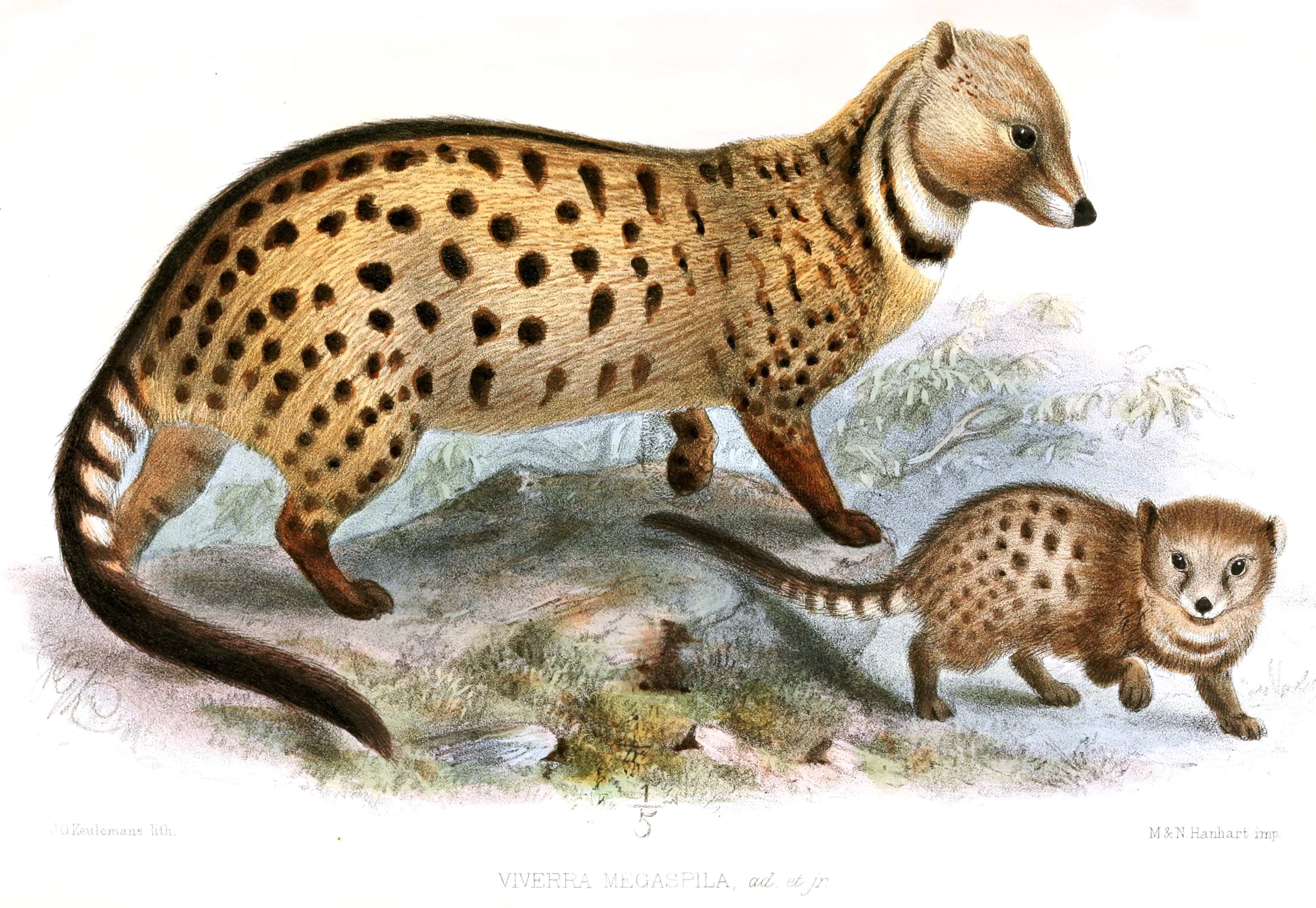
Malabar Civet 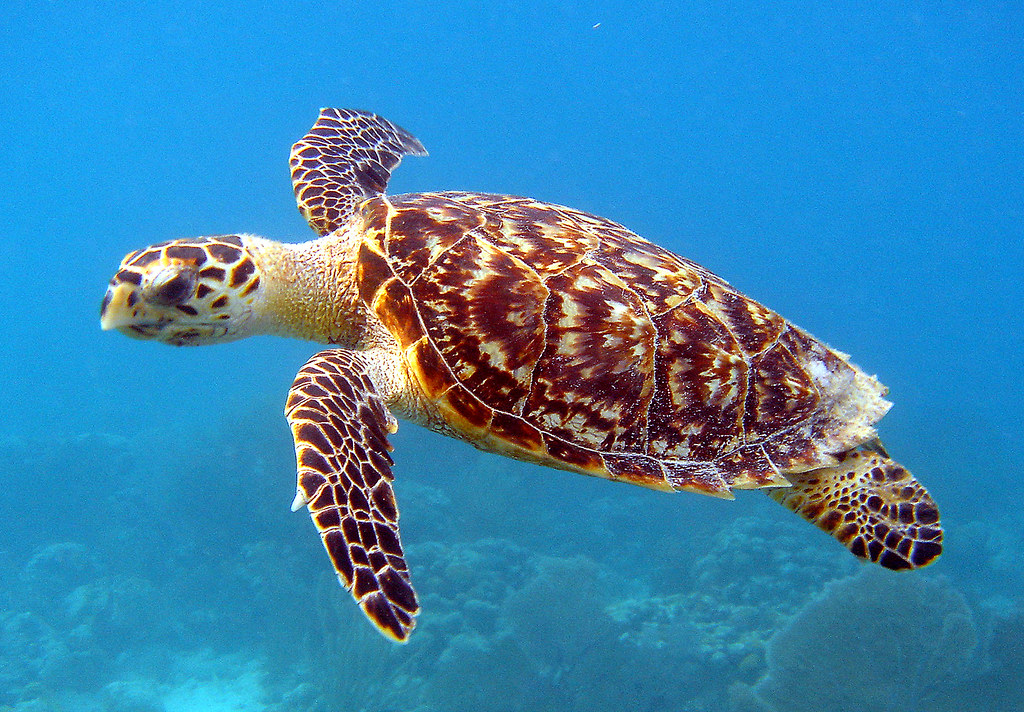
Hawksbill Turtle 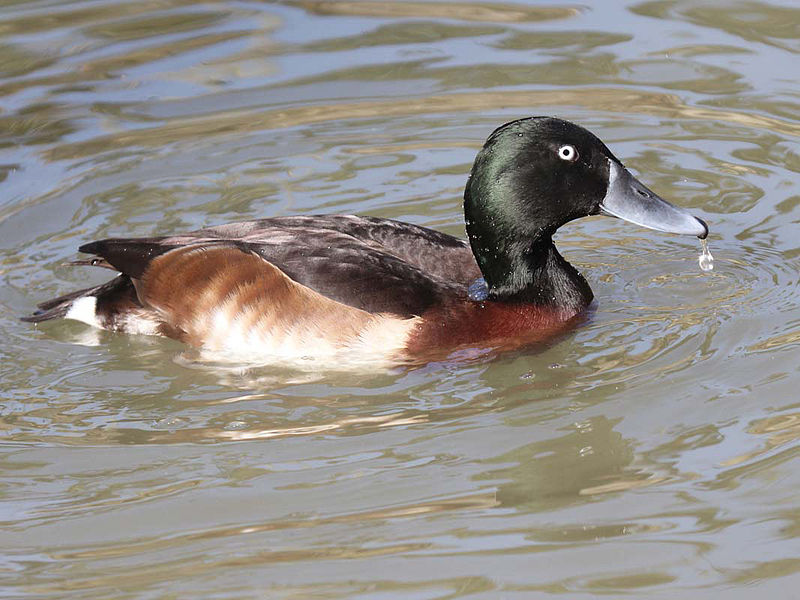
Baer’s Pochard
Everyone is a fan of the Dalmatian dogs, especially after the Disney animated movie ‘101 Dalmatians’, but how many of us have heard about the Pelican Dalmatian? It is one of the largest freshwater birds, and its drooping beak gives an expression of an old man frowning upon stubborn teenagers! Couldn’t they be in Disney movies too?
If you ever saw the Dark-Rumped Swift in flight, you would suffer a spondylitis but you won’t relax your neck. But you probably missed it because you were too busy clicking pictures of the Peacock. (Undoubtedly Peacock is a beautiful animal, and it is not the Peacock’s fault that some of its siblings on Earth are termed ‘non-charismatic’.)
It is the human mind that is judges and prioritizes life on Earth.
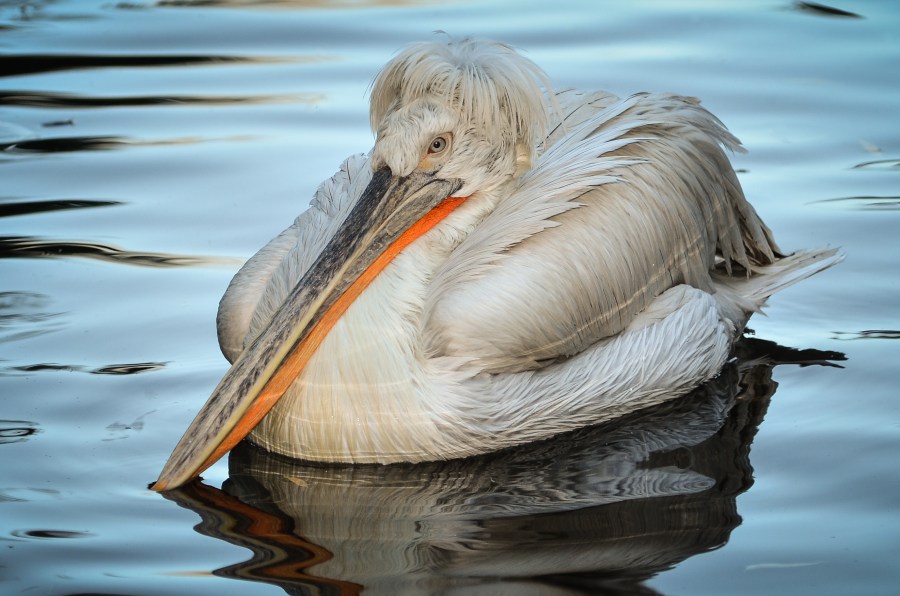
Dalmatian Pelican 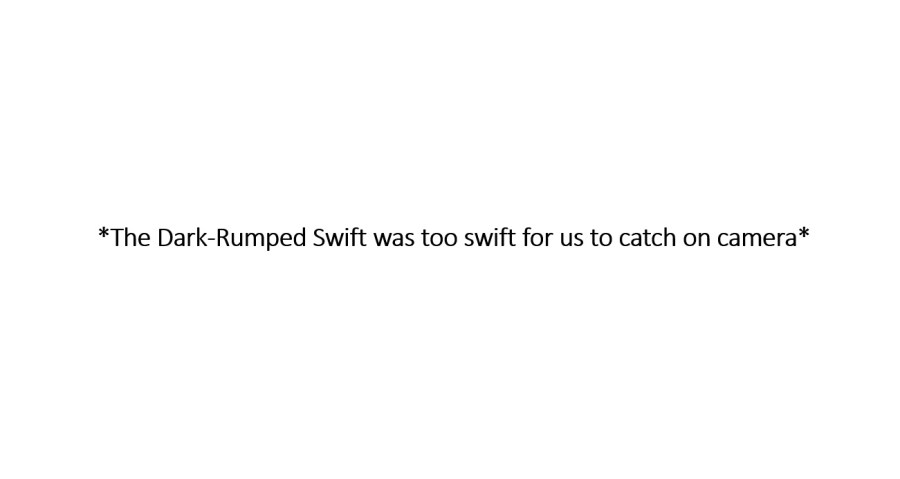
Some non-charismatic species have managed to come out of the dark…
Some lucky beings were brought to the attention of the common folks by attributing them to patriotism or music or art. For example, attention from poets like Mahadevi Verma, stories of their decline by hitting fans, mixed with loving tales of their beauties and antics, have made the sparrow the state bird of Delhi.
Thus, the sparrow is officially ‘charisma-tised’!
The human bias…
What makes an animal worthy of being appreciated or considered significant enough for conservation? The ecological balance has a place for even the tiniest organisms. Also, every organism that survived till date on Earth has passed through various phylogenetic pressures and natural selection. Their greater fecundity over other animals reflects the reward they received from nature. So, who are we to steal their right to survive?
We choose species and call them charismatic because we can see their importance very clearly or because they have appeal: a sense of beauty, grandeur or wonder. We deem them worthy of conservation. The rest become non-charismatic species.
Many times, we may not know the role of such non-charismatic species in the ecosystem because of lack of research. These may be a keystone species. Or they may be obligatorily important for animals and plants that dependent upon them. To discover this, we must overcome our bias for beauty, grandeur and wonder bring them into the public eye. We must value each of them regardless of biases. Public attention brings funding for research, which leads to conservation efforts.
For example, the talk about the habitat of Pandas and Orangutans has been often in the news. We need to save them. But others, like the Hanguls, may die out before we even get to know them.
If only these animals could claim their importance by themselves like a lion marks its territory, this issue would have resolved. We don’t know so many of these beings. We may find them a little strange. But they deserve attention!
I understand that this is probably impossible to achieve. It is difficult to conserve every species. We need to prioritize. By selecting a few species and their habitats, we conserve all the species living in that habitat. That is how the concept of charismatic species came to be. But does that justify not recognizing the beauty each organism uniquely holds?
Every animal on this planet has a story; of suffrage and survival. Let us bring them to the forefront and talk about their habitat and other needs the way we do about our favorite animals. Let us rove the spotlight on them as well, if only for a little while.
What strange and beautiful animal do you find fascinating?

Very good didi
LikeLiked by 1 person
Amazing!
LikeLiked by 1 person
Thank you! A great piece by Diksha 🙂
LikeLike
Yes, indeed. Diksha has been phenomenal right from her school days, it’s always a delight to read her writings.
LikeLiked by 1 person
I love this piece
LikeLiked by 1 person
And I love animals
LikeLiked by 1 person
Haha thanks a lot, Nitha! It really is a beautiful piece by Diksha. And yes, animals are amazing!
Hope you are doing well 🙂
LikeLiked by 1 person
Yes! Hope you’re doing great! Stay safe!
LikeLiked by 1 person
Doing good, yes. Thank you!
LikeLiked by 1 person
Love this post! What a great way to start the day.
LikeLiked by 1 person
Thanks a lot, Anna! 😀
LikeLike